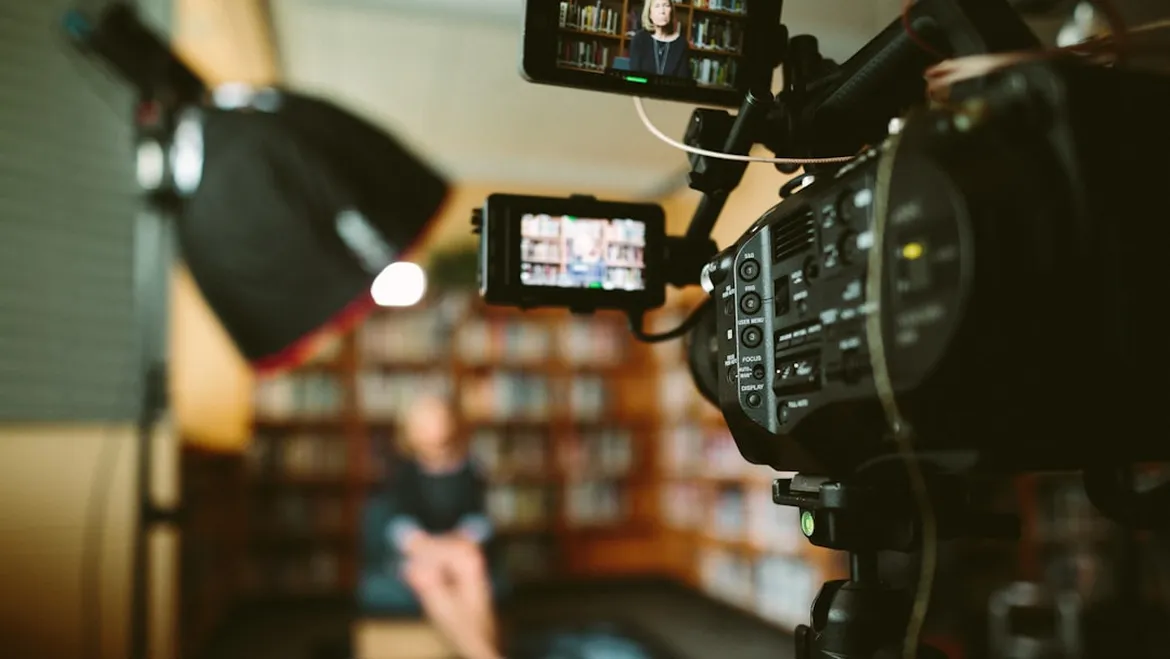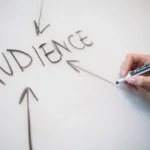Ever wondered how to make your marketing campaigns hit just the right notes with your audience? I recently had the pleasure of chatting with Emma, a seasoned marketing professional, who shared some incredible insights on audience segmentation and tailoring campaigns using social media data. Grab a cuppa, and let’s dive into her world of precision marketing.
Setting the Scene
We met at a cosy café, the kind with the perfect blend of ambient chatter and the aroma of freshly brewed coffee. Emma, with her relaxed demeanour and an infectious enthusiasm for marketing, began by explaining why audience segmentation is a game-changer.
“Imagine trying to sell a high-end camera to someone who’s more interested in knitting patterns,” she chuckled. “Audience segmentation ensures that you’re speaking directly to those who are genuinely interested in what you offer.”
The Power of Data
Emma’s first point was the significance of social media data. She pulled out her laptop and showed me a campaign she ran for a tech company.
“Social media platforms are goldmines of data,” she said. “They offer insights into user behaviour, preferences, and even buying patterns. This data helps in creating detailed audience profiles.”
She explained how platforms like Facebook, Twitter, and Instagram provide analytics tools that can track engagement metrics such as likes, shares, and comments. These metrics are invaluable when it comes to understanding what content resonates with different segments of your audience.
Steps to Effective Audience Segmentation
Curious about her approach, I asked Emma to walk me through the steps she takes to segment an audience.
“First, you need to define your primary goals,” she began. “Are you aiming for brand awareness, lead generation, or direct sales? Your objective will guide your segmentation strategy.”
Next, she highlighted the importance of collecting and analysing data.
“You can start by gathering demographic data like age, gender, location, and income level. But don’t stop there. Dig deeper into psychographics—interests, values, and lifestyle choices. This is where social media insights come in handy.”
Emma stressed the use of tools like Google Analytics and social media analytics platforms to collect this data. She showed me how she uses Instagram Insights to track which posts perform well and identify patterns in her audience’s behaviour.
“Once you have this data, you can create audience personas,” she continued. “These personas are fictional characters that represent the different segments of your audience. They help you visualise who you’re speaking to and tailor your messages accordingly.”
Crafting Tailored Campaigns
With the audience segmented, the next step is creating tailored marketing campaigns. Emma shared a recent project where she segmented an audience into three groups: tech enthusiasts, casual users, and professionals.
“For tech enthusiasts, we focused on in-depth product reviews and technical specs,” she explained. “Casual users received more general content that highlighted usability and convenience. Professionals got case studies and testimonials from industry leaders.”
Emma emphasised the importance of personalisation in these campaigns. Using tools like Mailchimp for email marketing and Hootsuite for social media scheduling, she ensured each segment received content that spoke directly to their interests and needs.
“Personalisation goes beyond just addressing someone by their first name,” she said. “It’s about delivering content that’s relevant to their specific interests and pain points.”
Measuring Success
Of course, no campaign is complete without measuring its success. Emma explained how she tracks key performance indicators (KPIs) for each segment.
“For tech enthusiasts, we might look at engagement rates on detailed blog posts or video reviews. For casual users, we track click-through rates on social media ads. For professionals, we measure the number of whitepaper downloads or webinar sign-ups.”
She also highlighted the importance of A/B testing—comparing two versions of a campaign to see which performs better.
“Testing allows you to refine your approach and ensure you’re always improving,” she said. “It’s a continuous process of learning and adapting.”
Bringing it All Together
As our conversation wound down, it was clear that audience segmentation, when done right, can revolutionise your marketing efforts. Emma’s approach—collecting and analysing social media data, creating detailed personas, crafting tailored campaigns, and measuring success—offers a roadmap to more effective and efficient marketing.
“At the end of the day, it’s about making meaningful connections with your audience,” she said with a smile. “When you understand who they are and what they care about, you can create campaigns that truly resonate.”
So, next time you’re planning a marketing campaign, remember Emma’s insights. Dive into your social media data, segment your audience, and tailor your messages. Who knows? You might just hit that perfect note with your audience.
And there you have it, a glimpse into the art and science of audience segmentation. If you’re ready to take your marketing campaigns to the next level, start by getting to know your audience. You’ll be amazed at the difference it makes.











